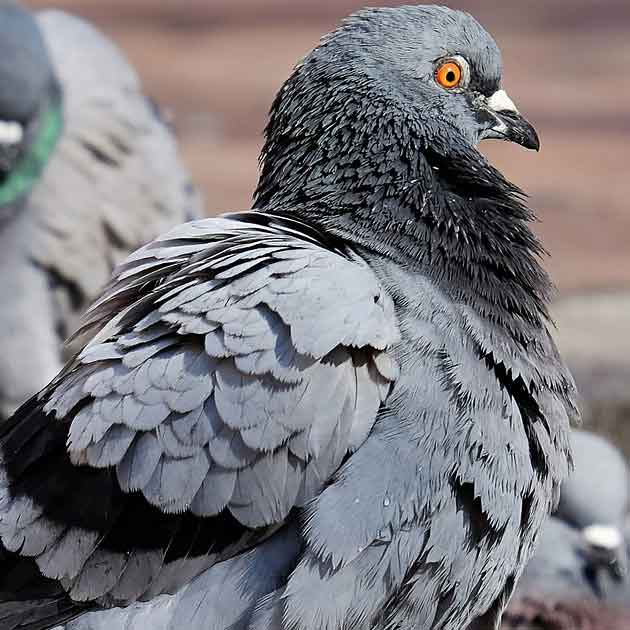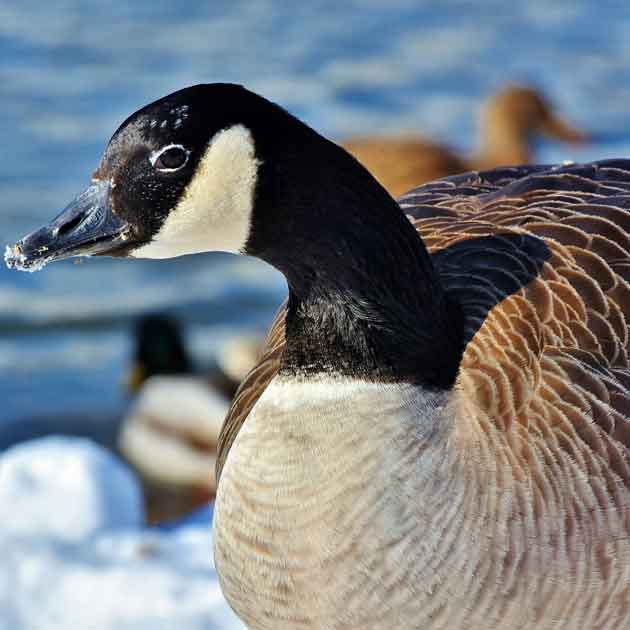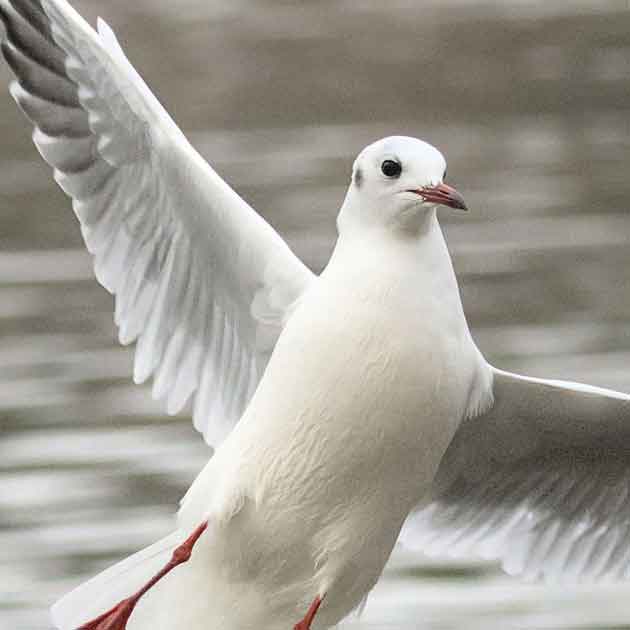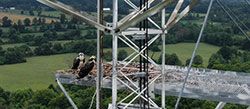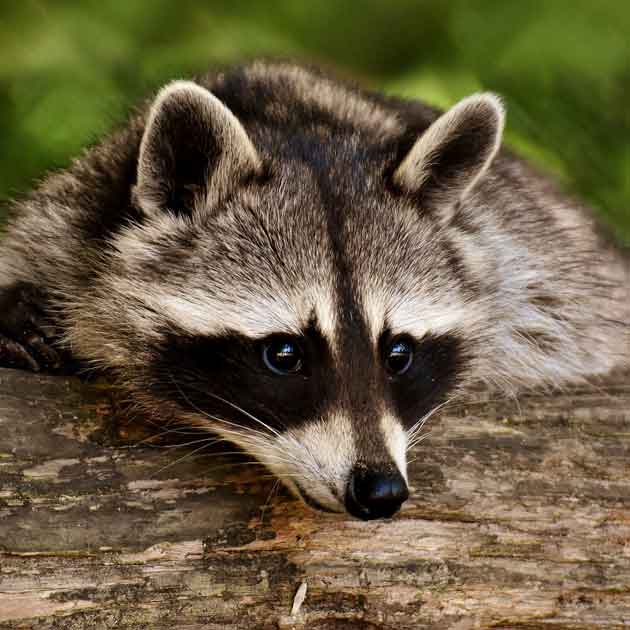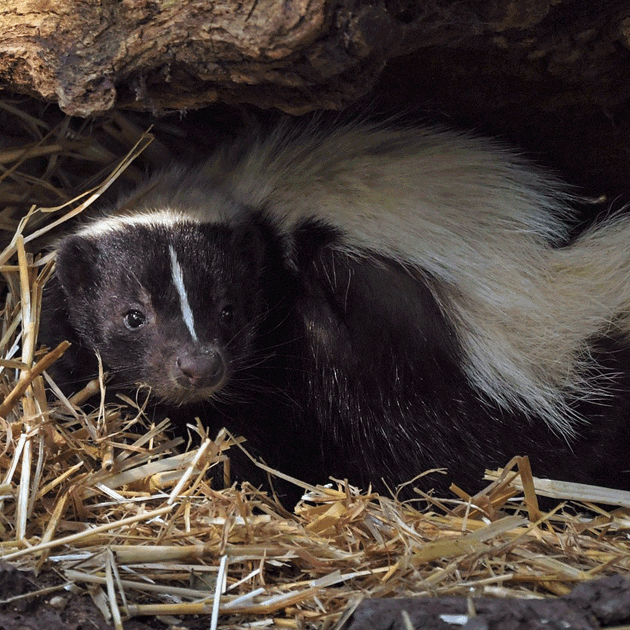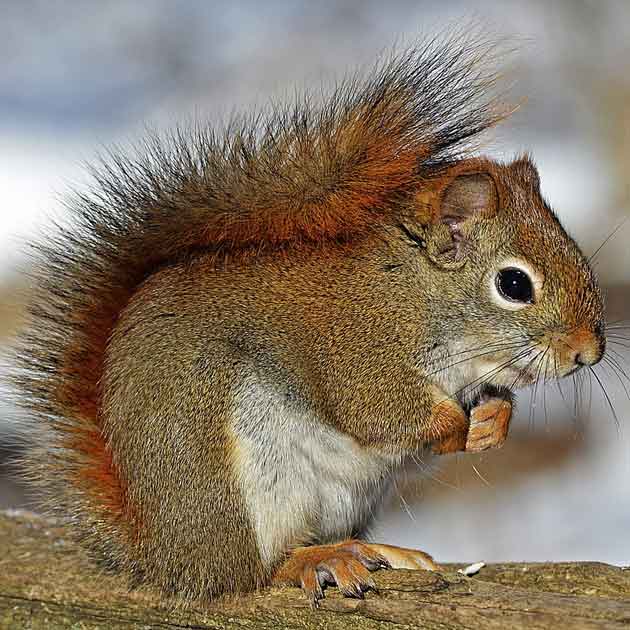Good Lord, we're in the midst of a cold spell - why are we talking about Migratory Bird Permits?
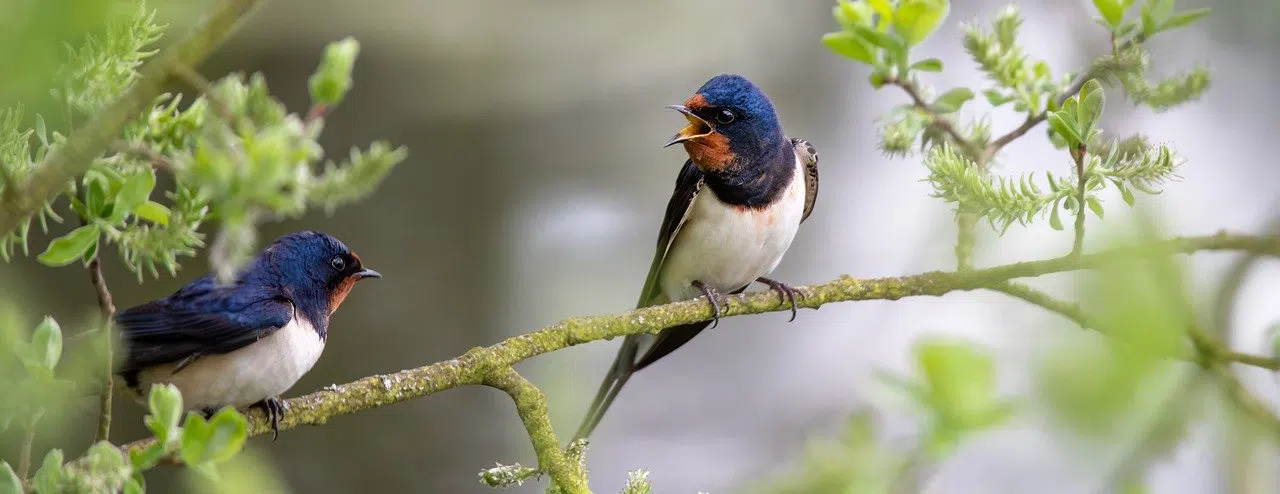
Most Bird Control Efforts require Migratory Bird Permits
While we may still be stuck in the middle of winter, pest bird season and with it the need to implement bird control and/or removal efforts is on its way. In Canada, most birds that cause problems or damages are protected under the Migratory Birds Convention Act and you are required to obtain one or more permits before attempting to deal with them. Some birds or municipalities may impose local restrictions in addition to the migratory bird permits. Depending on the permit requested, processing time can range from 2 to 8 weeks. It is important to note that once birds have started nesting, it's just about too late for any meaningful control measures. If nests contain eggs, they have to be left alone until the hatchlings have turned into fledglings and left the nest. The list of most common birds (or nests) that require relocation includes (but is not limited to):
Canada Geese
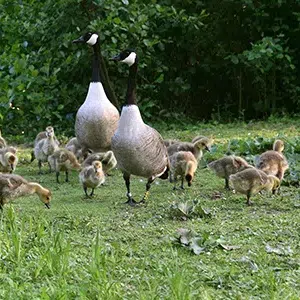 You can find Canada Geese in nearly any area with water, ponds, lakes, or rivers. They spend as much time in water as they do on land. Water is their safe zone to flee to when evading fox, coyote, and other predators. In urban environments, you will find geese on beaches, golf courses, in marinas, parks, or just about anywhere else offering a green space.
You can find Canada Geese in nearly any area with water, ponds, lakes, or rivers. They spend as much time in water as they do on land. Water is their safe zone to flee to when evading fox, coyote, and other predators. In urban environments, you will find geese on beaches, golf courses, in marinas, parks, or just about anywhere else offering a green space.
Gulls
Gulls (or often called Seagulls) are also found near water; beaches and marinas are favorite spots, as are mountenous terrains with cliffs.
Swallows
Swallows are in a whole different category and require extensive permits. Pay close attention to the type of swallow you are seeing: Barn Swallow, Bank Swallow, Cliff Swallow, Tree Swallow, etc.
Contact Hawkeye to Assist with Your Migratory Bird Permit(s)
You, as the property owner or manager are required to hold the necessary permits before we can assist with Bird Control or Removal. However, we can help you with your applications and together, we can ensure the you are ready to begin mitigating pest bird issues pro-actively.
Geese Control and Removal Services
Removal of Canada Geese remains one of the most requested services we provide. There are several windows of opportunities where certain methods may be used and/or are most effective. Because Canada Geese nest and hatch their young earlier than most other birds, we'll look at Geese Removal Services first and in a bit more detail:
Falconry
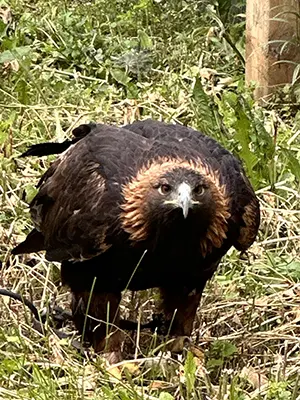 Falconry uses birds of prey, like hawks, falcons, and especially eagles, to chase geese from the air. Geese are extremely frightened of eagles scatter quickly. Further, because the raptors are actively chasing the geese, the geese will not habituate and will have the same reaction every time. Though this is one of the more labour intensive methods of goose control due to the high level of expertise needed to work with birds of prey, it is also by far the most effective.
Falconry uses birds of prey, like hawks, falcons, and especially eagles, to chase geese from the air. Geese are extremely frightened of eagles scatter quickly. Further, because the raptors are actively chasing the geese, the geese will not habituate and will have the same reaction every time. Though this is one of the more labour intensive methods of goose control due to the high level of expertise needed to work with birds of prey, it is also by far the most effective.
Dogs
Dogs are often used to chase geese and scare them from the ground. Like the raptors, the dogs represent an active threat to the geese, meaning that they will never get used to it. However, due to safety concerns, dogs cannot be used in some environments, like rooftops. Chasing geese with dogs is the most common goose control method on the ground and one of the most effective in many situations
Remote Operated Vehicles (ROVs)
We use ROVs to chase geese where it would be inconvenient or impossible for a dog or human to do so. Different types of drones are used to chase geese in the air, land, or water. Unfortunately, the technology can be fragile and easily lost, especially when in the water. ROVs are more robust and can be very effective in large bodies of water where geese can easily float or fly to the other side before the dogs can swim to them. Therefore, Hawkeye typically uses birds of prey, dogs, and ROVs together to chase geese away effectively.
Pyrotechnics
Hawkeye uses the firing of cracker shells, called bangers and screamers, that create loud sounds and bright firework-like visual displays to scare away the birds. The sounds and lights are startling and give the geese an extra push from the property. However, pyro is prohibited in some jurisdictions and is quite disruptive in residential areas. Further, because the loud sounds do not harm the geese, they will eventually learn to ignore them.
Lasers
High-powered industrial-strength lasers also prove successful when scaring away geese. When the laser is shone on the ground around a goose’s feet, the bird is frightened; they can't figure out what this is as there is nothing similar to a laser in nature. The laser is especially effective in the dark. It is a much lower profile solution than chasing the geese or using pyro but requires a trained operator to be consistently stationed on the property. Location is important, though - some jurisdictions do not allow the use of high-powered lasers because of their potential effect on aircraft.
Hunting Geese
In some areas, such as rural districts, Canada geese may be hunted with firearms. Hawkeye will obtain the permits to hunt them in areas where the discharge of firearms is otherwise prohibited. This is a very effective and highly regulated method of getting rid of geese: what is killed can never return. However, this is a very high-profile method of geese removal, and animal activists may object.
Any scaring method that uses firearms, birds of prey, and aircraft requires a federal permit from Environment Canada. Any scaring technique that can result in a goose's injury or death also requires a kill permit.
Egg Oiling
Egg sterilization by chemical oiling involves coating the eggs in vegetable or mineral oil to prevent the birds from hatching. Because no geese are born within the nesting period, there will be fewer birds on the property for the rest of the season. As the population does not replenish itself, fewer birds will be alive to return next year. This, however, is quite a labour-intensive and ineffective method of long-term goose control. For one, the geese will continue to incubate the eggs for as long as they think they are viable, up to six weeks after the eggs are oiled, and therefore will still be an aggressive presence on your property. Furthermore, this does not deter the geese from returning next year to lay their eggs again. If not properly oiled, the eggs may still hatch, and deformed geese can be born; thus, a trained professional must do this job. Additionally, oiling the eggs requires as many as 20 visits per month over the two nesting months. Finally, geese may track the oil into nearby water sources, which can damage the environment. Keep in mind that this process is considered egg destruction and requires a permit from Environment Canada to perform.
Egg Destruction and Geese Nest Removal
A more effective and much less complicated method is egg destruction and nest removal. When their eggs are destroyed, the geese have no reason to stay through the nesting period and will move on. Because the geese are no longer protecting nests, they become much less aggressive more inclined to move on. Moreover, the geese will learn to stay away from this property in subsequent years, as they have learned that this nesting site is not safe. This method of bird control requires a permit as well.
All of the methods above require permits.
Hawkeye Bird & Animal Control - 30+ years of Geese Removal Experience
Whether one of our tried and trusted method will do the trick, or we'll have to come up with a custom solution for your location or circumstance - Hawkeye is your one-stop-shop for geese removal. Contact us today and let's get your permits and geese management plan in order.


